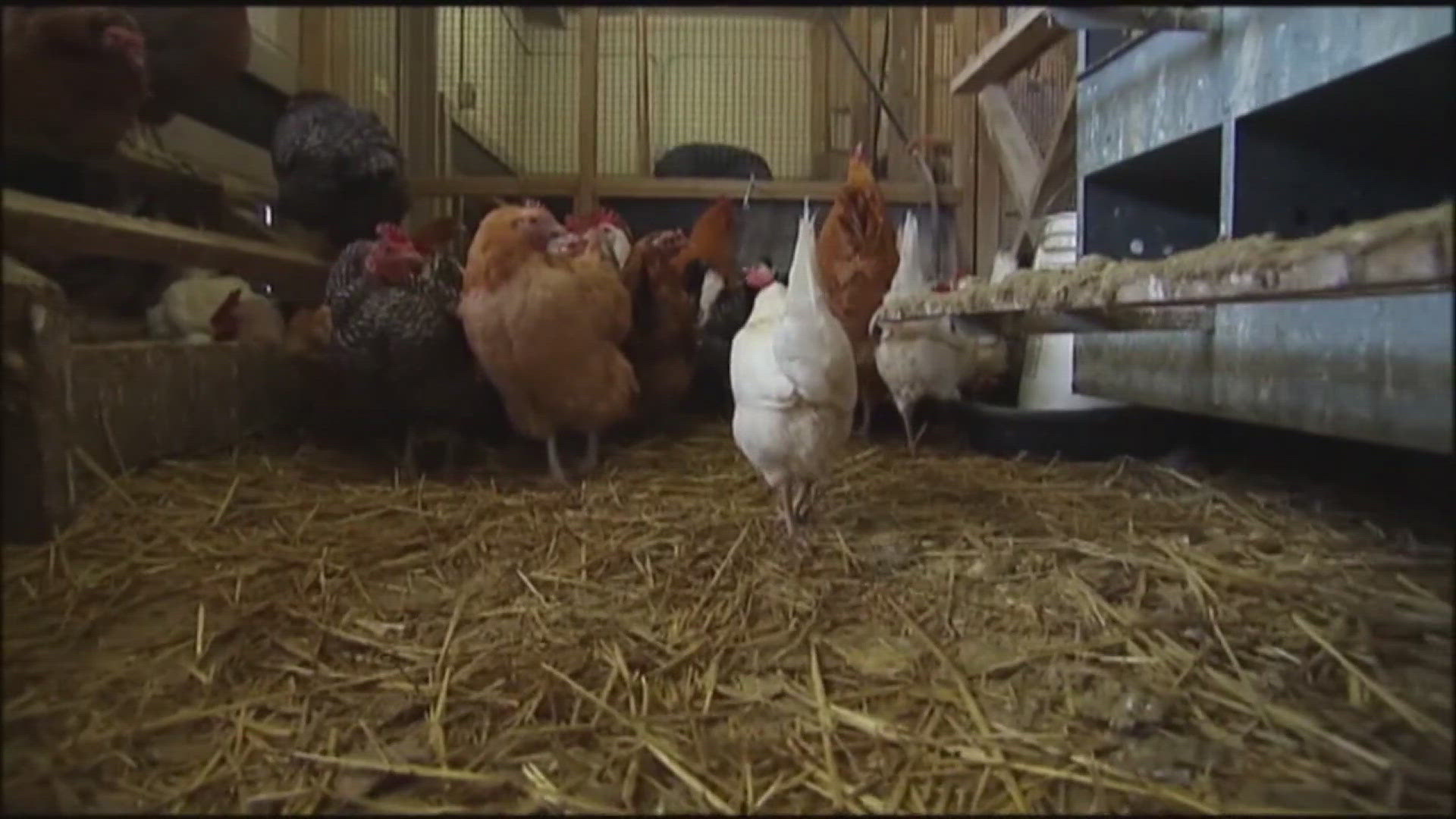HUNTSVILLE, Ala — Some Tennessee Valley schools have delayed the start of their high school football games this week due to the extreme heat. Please check back for updates.
Join us for high school football action, highlights, and scores on FOX54's B2EDi's First Down Friday Night, Friday at 10:00 p.m. following the FOX54 News at 9:00.
Thursday, August 24th
- Albertville vs Arab - 7:30 PM
- Athens at East Limestone - 8:00 PM
Friday, August 25th
- Plainview at Priceville - 7:30 PM
- Fort Payne at Scottsboro - 7:30 PM
- Whitesburg Christian at Woodville - 7:30 PM
- Westminster Christian vs Lee - 7:30 PM (Milton Frank Stadium)
- Red Bay at Hamilton - 7:30 PM
- James Clemens at Gardendale - 7:30 PM
- Vinemont at Falkville - 8:00 PM
- Clement at Holly Pond - 8 PM
- West Point at Good Hope - 8 PM
- Hazel Green at Sparkman - 8 PM
- Buckhorn at Madison County - 8 PM
Medical providers say stay hydrated, keep cool, and be aware of the signs of heat illness. Marie-Carmelle Elie, M.D., chair of the Department of Emergency Medicine in the UAB Marnix E. Heersink School of Medicine, says heat illness can be a dangerous, even fatal, condition.
“The body uses sweating to cool itself; but with extreme temperatures, high humidity and a high heat index, body temperature can rise to dangerous levels,” Elie said. “Older adults, young children and those with preexisting conditions are at highest risk; but anyone can develop heat-related illnesses under the right conditions.”
According to ADPH, the most common heat-related illnesses are:
- Heat cramps
- Heat exhaustion
- Heatstroke
What are the symptoms of heatstroke, heat exhaustion, and heat cramps?
- Heat cramps - include muscle pains or spasms (abdomen, arms or legs), profuse sweat, and high salt concentration in the sweat.
- Heat exhaustion - associated with heavy sweating, paleness, muscle cramps, tiredness, weakness, dizziness, headache, nausea, or vomiting and fainting. Other possible symptoms may include cool and moist skin, fast and weak pulse rate, fast and shallow breathing, or irritability.
Older adults, those with high blood pressure, and those working or exercising in a hot environment are prone to heat exhaustion. If heat exhaustion is not treated, it may progress to heatstroke.
What is heatstroke?
Heatstroke or sunstroke - The most serious heat-related illness, a life-threatening problem, may occur when the body is unable to control its temperature.
What are heatstroke symptoms?
- Body temperature may rise to 106 degrees F or higher within 10 -15 minutes.
- Warning signs of heat stroke vary, but include the following:
- An extremely high body temperature (above 103 degrees F)
- Red, hot and dry skin (no sweating)
- Rapid, strong pulse
- Throbbing headache
- Dizziness
- Nausea
- Confusion
- Unconsciousness
Heatstroke is a medical emergency and even with immediate treatment, it can be life-threatening or cause serious long-term problems.
If you suspect someone has heatstroke, ADPH recommends you call 911 and do the following:
Take immediate steps to begin cooling the victim in any of the following ways:
- Get the person to a shady area, cool rapidly in a tub of cool water, place in a cool shower, spray with cool water from a garden hose, splash with cool water, or, if the humidity is low, place in a cool, wet sheet and fan vigorously.
- Monitor body temperature and continue cooling efforts until the person's body temperature drops to 101 to 102 degrees F.
- If emergency medical personnel are delayed, call a hospital emergency room for further instructions.
A person with heat stroke is likely to be unconscious or unresponsive, so he or she cannot safely consume any liquids. Never give any alcohol to a person with heat stroke or any heat illness.



